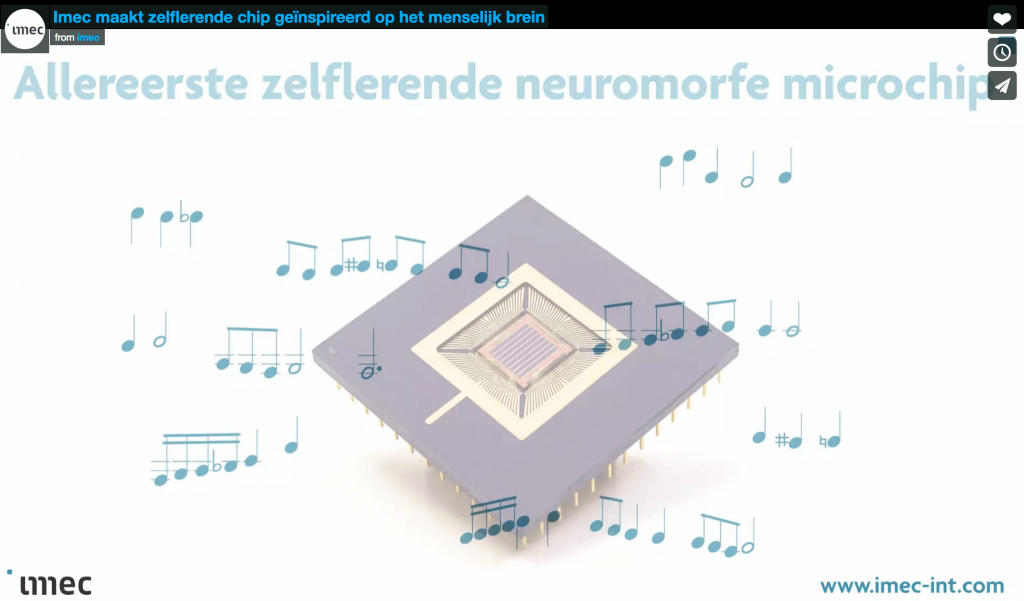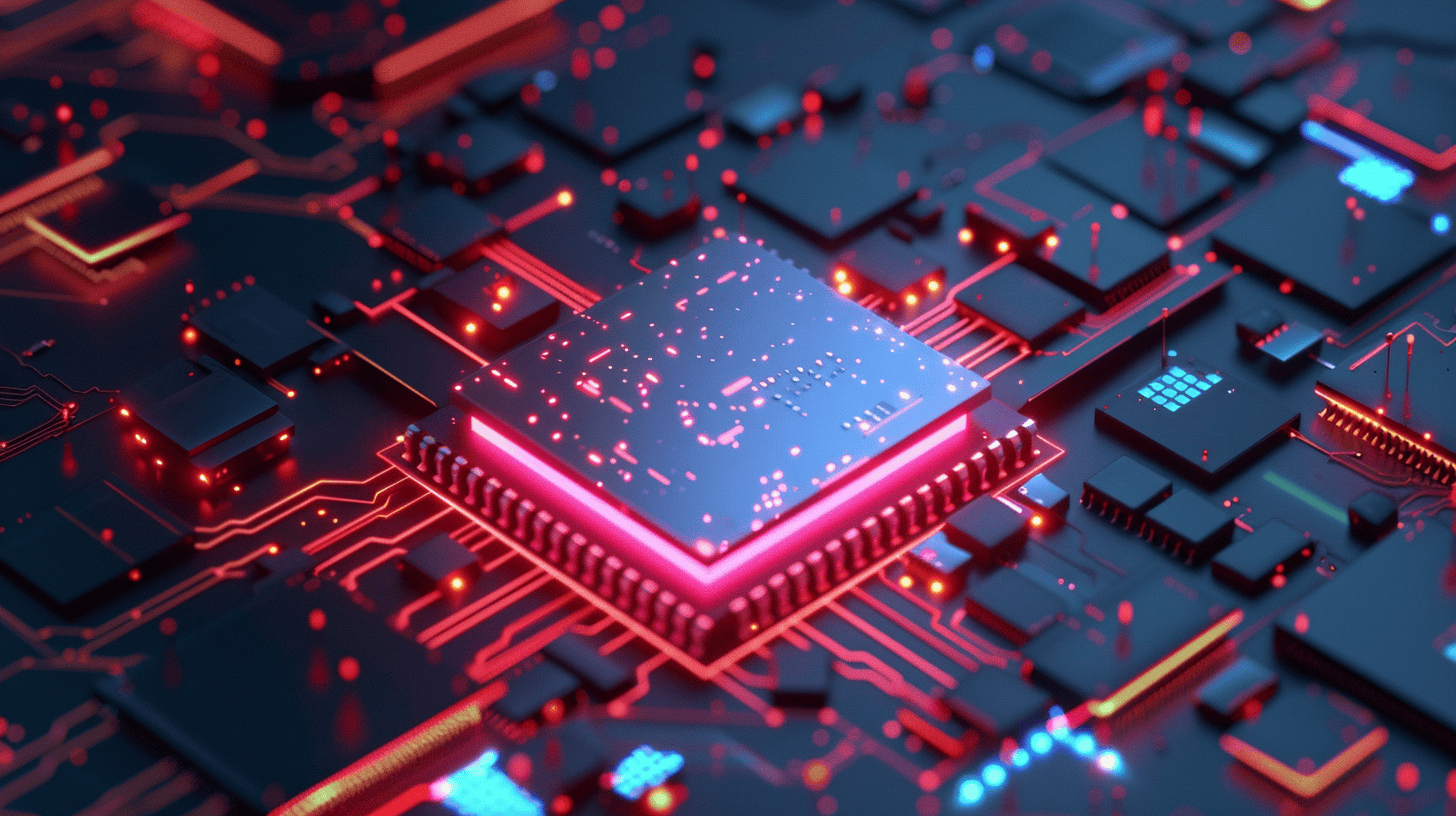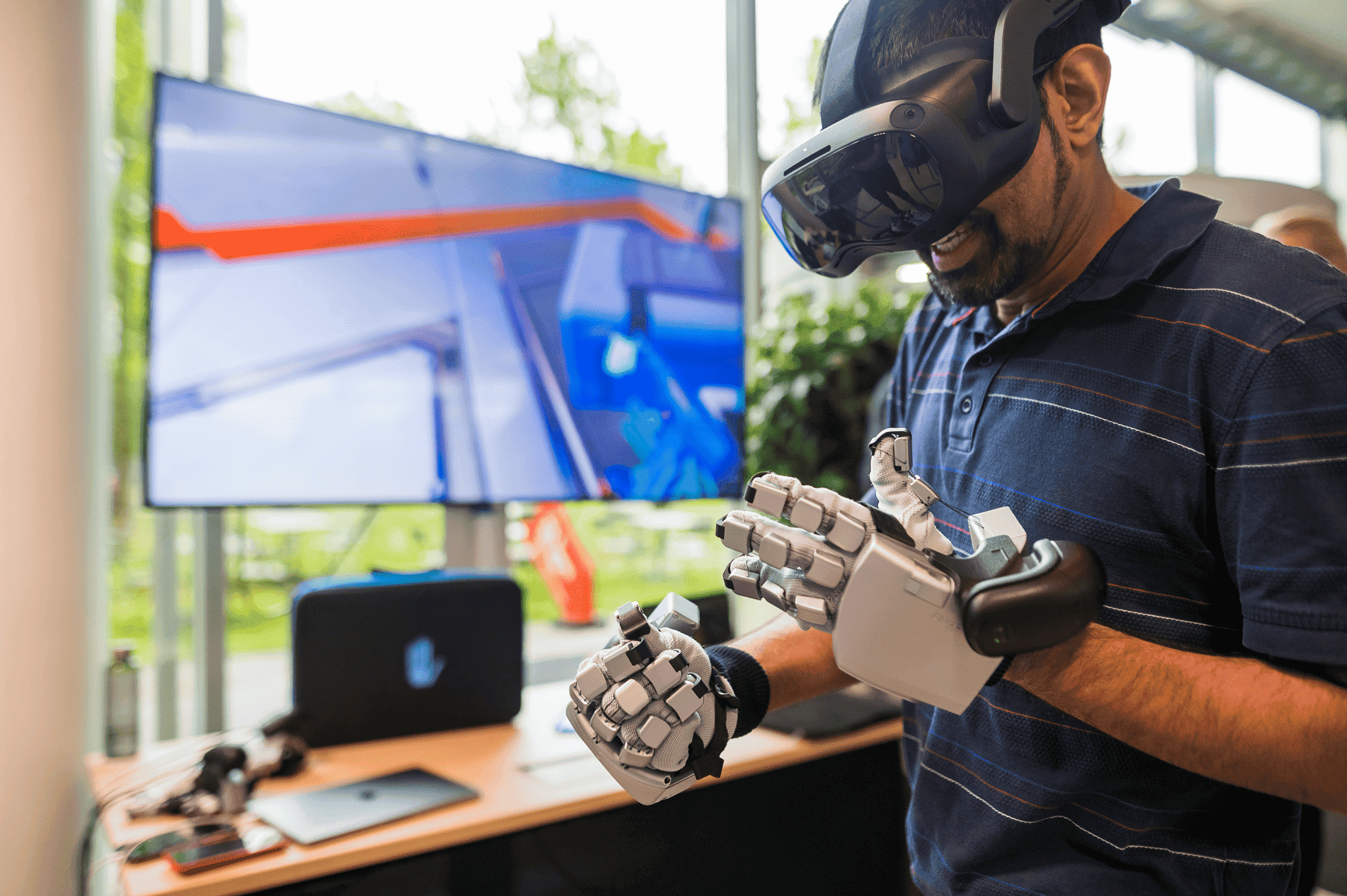

…and it can learn to compose and play music as well!
A chip that is self-learning, neuromorphic, helps solve the energy problem of the internet of things and can compose music as well. That’s what imec, the world-leading research and innovation hub in nano-electronics and digital technologies that operates together with Holst Centre at the High Tech Campus Eindhoven, has come up with. According to imec, it’s the world’s first of this kind. The brain-inspired chip, based on OxRAM technology, has the capability of self-learning and has been demonstrated to have the ability to compose music.
“The human brain is a dream for computer scientists”, said imec’s Hanne Degans. “It has a huge computing power while consuming only a few tens of Watts. Imec researchers are combining state-of-the-art hardware and software to design chips that feature these desirable characteristics of a self-learning system. Imec’s ultimate goal is to design the process technology and building blocks to make artificial intelligence to be energy efficient so that that it can be integrated into sensors. Such intelligent sensors will drive the internet of things forward. This would not only allow machine learning to be present in all sensors but also allow on-field learning capability to further improve the learning.”
The chip is self-learning, meaning that it makes associations between what it has experienced and what it experiences. The more it experiences, the stronger the connections will be. The chip that was presented recently has learned to compose new music and the rules for the composition are learned on the fly. This is the result:
“Such neuromorphic chips would enable more customized and patient-centric monitoring.”Hanne Degans, imec
It is imec’s ultimate goal to further advance both hardware and software to achieve very low-power, high-performance, low-cost and highly miniaturized neuromorphic chips that can be applied in many domains ranging from personal health, energy, traffic management and more. Degans: “For example, neuromorphic chips integrated into sensors for health monitoring would enable to identify a particular heartrate change that could lead to heart abnormalities, and would learn to recognize slightly different ECG patterns that vary between individuals. Such neuromorphic chips would thus enable more customized and patient-centric monitoring.”
Because imec has hardware, system design, and software expertise under one roof, the research institute expects to drive neuromorphic computing further forward, said Praveen Raghavan, a member of the technical staff at imec. “Our chip has evolved from co-optimizing logic, memory, algorithms, and system in a holistic way. This way, we succeeded in developing the building blocks for such a self-learning system.”








